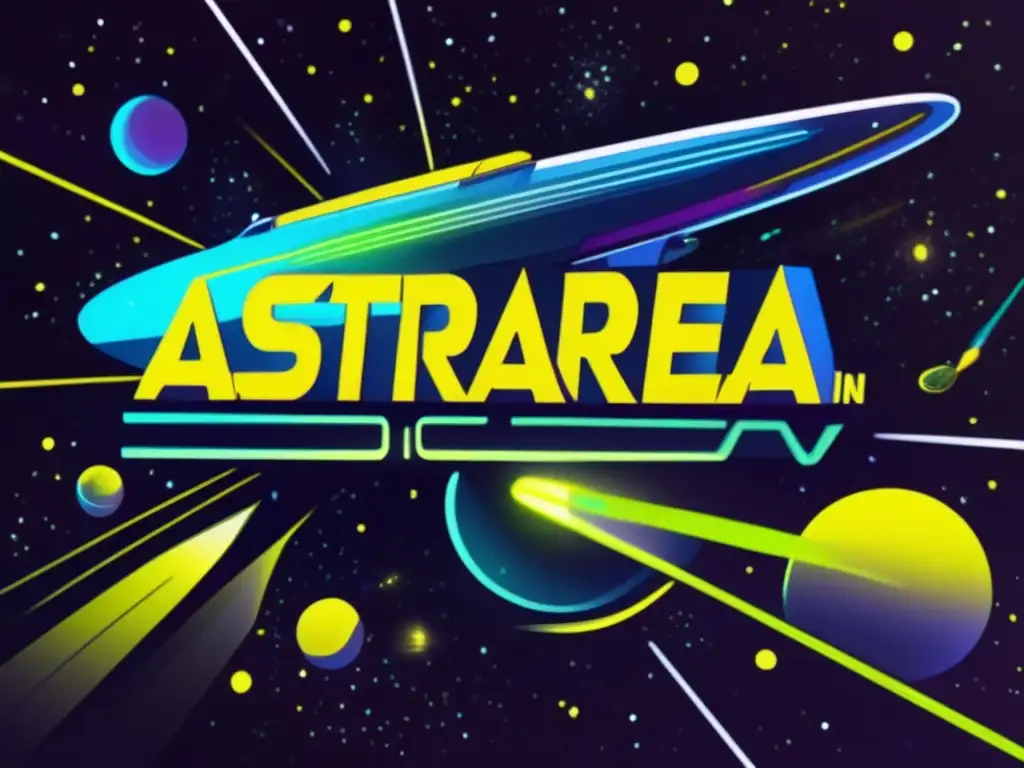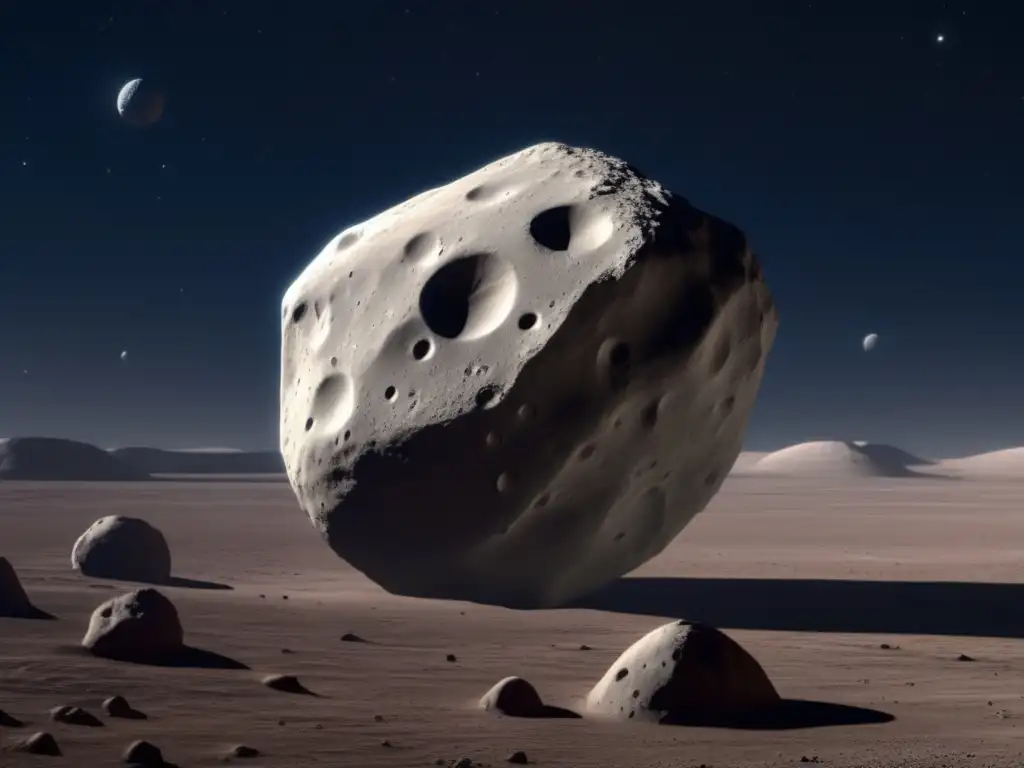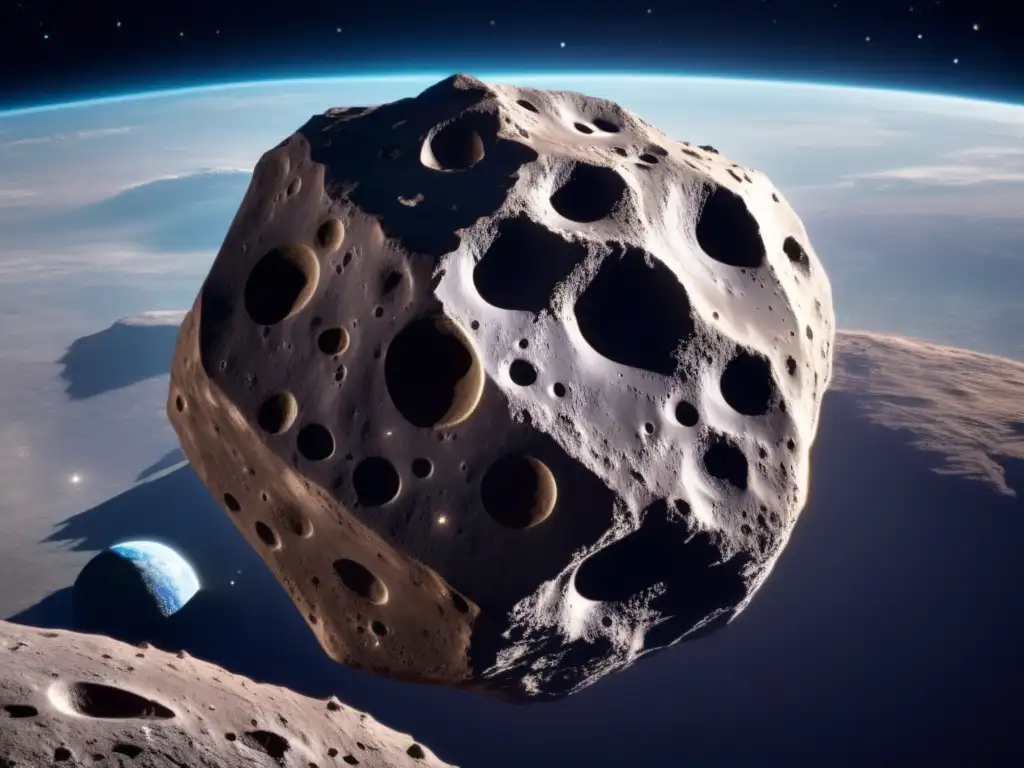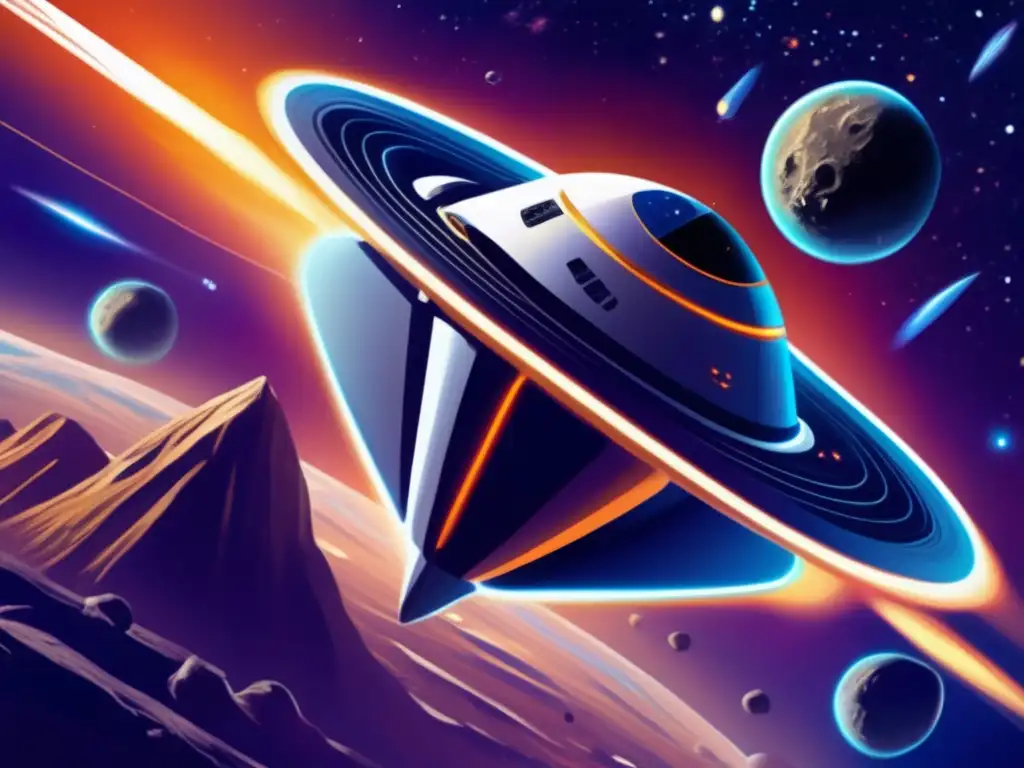Astraea: A Breakthrough In Asteroid Discovery

Introduction
Astraea is a fascinating asteroid that has been discovered recently, and its characteristics have piqued the interest of astronomers and researchers worldwide. This article will delve into the various facets of Astraea, including its discovery, physical properties, and cultural significance.
The Discovery of Astraea

Discovery Date and Location
Astraea is an asteroid that was discovered on December 8, 1845, by Karl Ludwig Hencke in Driesen, Germany. It was the fifth asteroid to be discovered, and its discovery was a significant breakthrough in asteroid research at the time.
Method of Discovery
Hencke discovered Astraea using visual observation through a telescope. He noticed an object moving against the background stars, which he initially mistook for a star. After observing the object's movement over several nights, he realized that it was a previously undiscovered asteroid.
Significance of the Discovery
The discovery of Astraea was a breakthrough in asteroid research because it provided evidence that there were many more asteroids beyond the four that had already been discovered. The discovery helped fuel further research into asteroid detection and mapping, leading to the discovery of many more asteroids in the following years.
The Physical Properties of Astraea

Size and Shape
Astraea has an average diameter of approximately 119 km, making it one of the larger asteroids in the asteroid belt. Its shape is roughly spherical, although it has a slightly elongated shape due to its rotation.
Composition
Astraea is classified as an S-type asteroid, meaning that it is composed primarily of silicate minerals. Its surface is also likely to contain a significant amount of metal, including iron and nickel.
Orbit and Rotation
Astraea orbits the sun at a distance of approximately 414 million km and takes approximately 4.6 years to complete one orbit. It rotates around its axis once every 16.53 hours.
The Cultural Significance of Astraea

Astraea in Mythology
Astraea is named after the Greek goddess of justice, Astraea. According to mythology, Astraea lived among humans during the Golden Age, but she eventually became disillusioned with humanity's behavior and left Earth to become a constellation in the sky.
Astraea in Astrology
In astrology, Astraea is associated with fairness, justice, and balance. Individuals born under the sign of Astraea are said to be just and fair-minded, with a strong sense of morality and a desire for order and balance.
Astraea in Pop Culture
Astraea has been referenced in various works of popular culture, including video games, novels, and movies. One notable example is the anime series "Angel Beats!" in which Astraea is portrayed as a violent and impulsive character with superhuman strength.
Frequently Asked Questions

-
What was the significance of Astraea's discovery?
Astraea's discovery was significant because it provided evidence that there were many more asteroids beyond the four that had already been discovered. The discovery helped fuel further research into asteroid detection and mapping, leading to the discovery of many more asteroids in the following years.
-
What is Astraea composed of?
Astraea is classified as an S-type asteroid, meaning that it is composed primarily of silicate minerals. Its surface is also likely to contain a significant amount of metal, including iron and nickel.
-
What is the cultural significance of Astraea?
Astraea is named after the Greek goddess of justice, and in astrology, it is associated with fairness, justice, and balance. It has also been referenced in various works of popular culture, including movies and anime.
-
How big is Astraea?
Astraea has an average diameter of approximately 119 km, making it one of the larger asteroids in the asteroid belt.
-
What is Astraea's orbit like?
Astraea orbits the sun at a distance of approximately 414 million km and takes approximately 4.6 years to complete one orbit.
Conclusion
Astraea is a fascinating asteroid with significant cultural and scientific significance. Its discovery helped fuel further research into asteroid detection and mapping, and its physical properties have provided valuable insights into the composition of asteroids. Its association with justice and balance has also made it an intriguing subject in mythology and astrology. We hope this article has provided valuable information about this unique asteroid and sparked your interest in learning more about the fascinating world of asteroids.
Don't forget to share your thoughts and questions in the comments section, and if you enjoy our content, subscribe to our site to stay updated on the latest asteroid news and research.
Additional Resources

For more information about asteroids, check out the following resources:
- NASA Asteroid Mission Page
- Space.com Asteroid News and Information
- International Astronomical Union Asteroid Information
 The Discovery And Exploration Of The Asteroid Itokawa
The Discovery And Exploration Of The Asteroid Itokawa 2014 MU69: Pushing The Boundaries Of Asteroid Exploration
2014 MU69: Pushing The Boundaries Of Asteroid Exploration The Unearthing Of Toutatis: A Potentially Hazardous Asteroid
The Unearthing Of Toutatis: A Potentially Hazardous AsteroidIf you want to discover more articles similar to Astraea: A Breakthrough In Asteroid Discovery, you can visit the Asteroid Discoveries category.
Leave a Reply

Articulos relacionados: